We continue our journey along the ancient Silk Road, reaching the fabled lands of Persia. Today, much of Persia is in Iran - and in this episode, we explore the much-cherished tea culture in Iran.

Early Origins
It is said that tea came to Iran in the early 16th century, during the reign of the Safavids dynasty. With the revival of trade along the ancient Silk Road, Persia became an integral part of the route from China to Europe. Initially, it was Green Tea from China that first entered into the tea-drinking culture of Persia.
A regular feature during those days was the ubiquitous Qaveh Khaneh, also known as Ghaveh Khaneh - or house of coffee. It was in these Qaveh Khanehs that tea started being served to weary travelers, and tea slowly replaced coffee as the preferred beverage over a period of time.
Tea Culture in Iran
Today, Black Tea is the first choice of hot beverage for all Iranians. The day starts with a cup of tea and ends with a cup of tea before going to bed. And in between, tea is the preferred drink - be it over lunch or dinner, or between meals.
The Qaveh Khanehs are still as popular as they were during the medieval times. And they still retain their unique identity and traditional charm - replete with carpets, décor and the leisurely Sheesha or Hookah - traditional water smoking pipe. From college youth to middle-aged bankers to the elderly citizens, everyone enjoys their favorite Black Tea in the warm and friendly Qaveh Khanehs.
Preparing, Serving and Drinking Cha-ee 
The Iranian tea culture is heavily influenced by the Russian and Central Asian tea cultures. From the tea leaves to brewing method to equipage to accoutrements, one can easily see the influence of Russian and Central Asian tea drinking tradition and habits in the way Iranians drink their tea.
Be it at Qaveh Khaneh or at home, Iranians prefer to have their tea without milk. In fact, it is a common saying in Iran that if you add milk to tea, you make it a widow! Cha-ee (that is how they call tea in Iran) at the Qaveh Khaneh tea is always fresh, hot and strong - stronger than the one that is prepared at home. It is always served in transparent glasses called Estekan (from the Russian Stakan) so that the deep, intense color of the tea can be appreciated by guests.

Tea is usually drunk strong and black, and sipped through cubes of sugar (called Kand or Ghand) held between the teeth to sweeten the Cha-ee. Sometimes, rock candy is also used to sweeten the tea. Putting sugar cubes in tea and stirring the tea is a strict no-no in Iran. It is also a common practice to dip the sugar cubes in tea and then put them between teeth! Sweet tea is usually drunk in the morning with breakfast, that is often strong black tea, sugar cubes and noon-panir (bread with cottage cheese).
At home, tea is always prepared using loose leaf tea. The preferred tea used in Iran today is Indian Black Tea or Sri Lankan Black Tea - and the grade preferred Orthodox Whole Leaf and Orthodox Broken Leaf (never the CTC tea).

(One Indian tea brand needs a special mention here - Gulabi Tea, owned by GA Randerian & Co. Ltd. from Kolkata. It is one of those brands that has retained its original hand-packing - simple and rustic, with loose-leaf tea neatly wrapped in a aluminum foil and then covered with familiar pink paper, finally closed with a bright red-flower shaped seal, that is affixed by hand. Gulabi Tea came in two variants - the Kalmi (whole leaf) and the Baruti (broken leaf). Gulabi Tea, without a doubt, has been one of the most recognized and respected tea in Iran for decades and today, is an iconic tea brand.) 
Water is boiled in a beautiful Samavar (very similar to the Russian Samovar - but with Iranian design). A Ketri (tea kettle) is always used to warm the water for brewing the tea. Loose tea leaves are put inside a well-decorated porcelain tea pot and hot water from Ketri is poured over the tea leaves. The tea pot can also be put over a light flame to ‘cook’ the tea. In some homes, some dry rose petals are also added to the tea leaves for more fragrance. It is also common to find saffron, cardamom and other spices added to make the tea more flavorsome.
Once the tea is ready, it is poured by the host into the transparent glasses - Estekan. These are never filled to the brim, so that guests who find the tea too strong, can add hot water from the Samavar to weaken it. At homes, tea is always served with sugar cubes, breads and traditional Irananian sweets like Gaz and Sohan.
Tea drinking is today an integral part of Iranian culture and life. From friendly and lively Qaveh Khanehs that dot every street in Iran to the warm and welcoming family homes, Cha-ee symbolizes the rich Persian heritage that continues to define the rich Iranian culture of harmony and hospitality, kindness and cordiality, and above all, generousness and geniality.

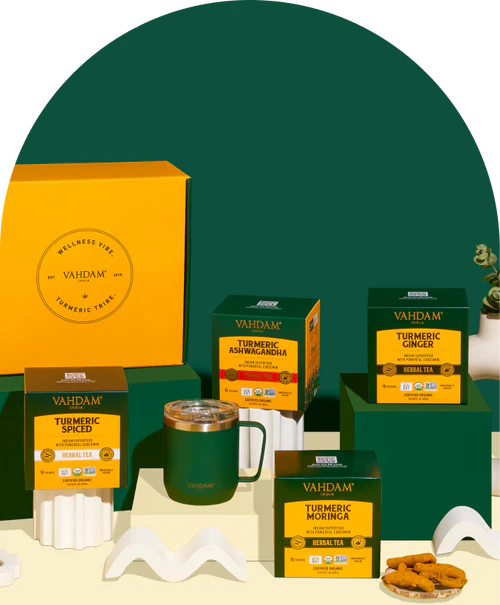
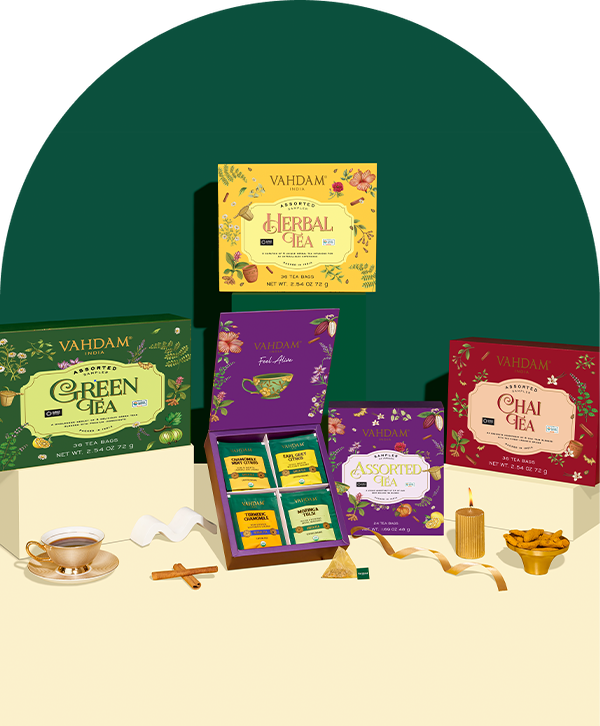
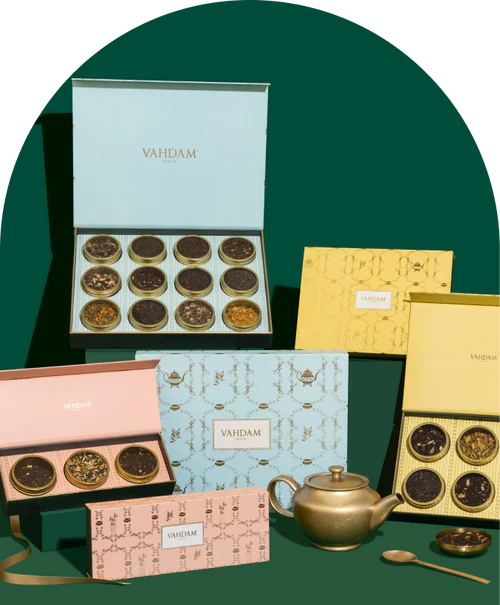
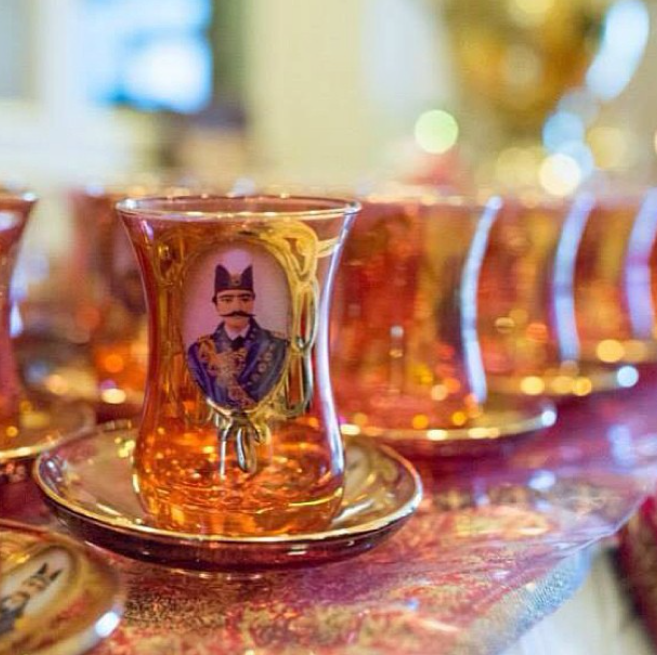
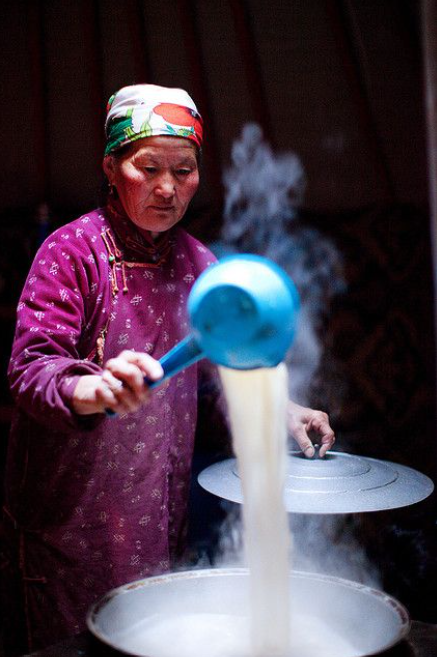
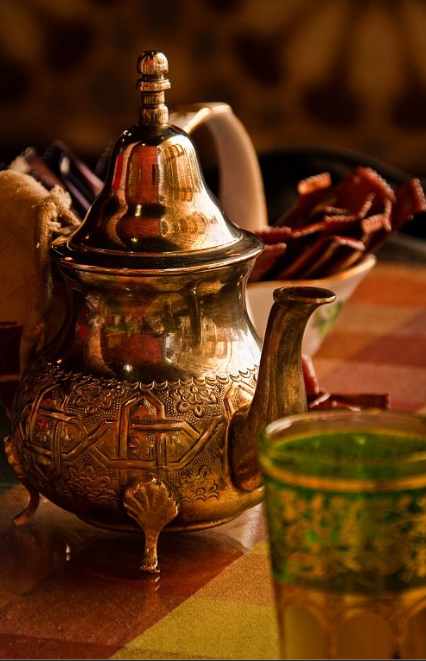
Leave a comment
All comments are moderated before being published.
This site is protected by hCaptcha and the hCaptcha Privacy Policy and Terms of Service apply.